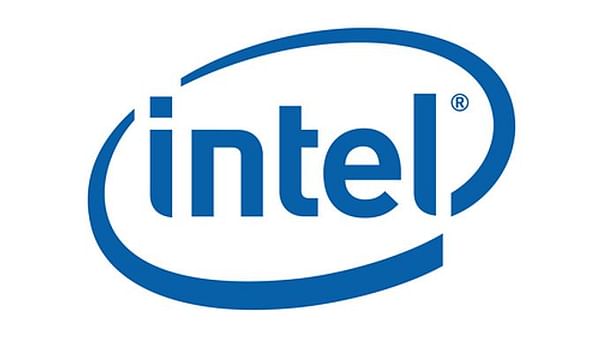INTEL AND THE BIGGEST QUARTERLY LOSS!
On Wednesday,$INTCreported first-quarter results that showed a stunning 133% year-over-year decline in earnings per share. Revenues fell nearly 36% year-over-year to $11.7 billion.
Loss per share: 4 cents per share, adjusted, versus expectations of 15 cents per share.
Revenue: $11.7 billion, adjusted, versus expectations of $11.04 billion.
Intel expects a second-quarter loss of 4 cents a share on revenue of $12 billion. That forecast falls short of analysts' expectations, who projected earnings of 1 cent per share on revenue of $11.75 billion, according to Refinitiv.

It's the fifth consecutive quarter of declining sales for the semiconductor giant and the second consecutive quarter of losses. It's also Intel's biggest quarterly loss ever, surpassing the fourth quarter of 2017, when the company lost $687 million.
Gelsinger's turnaroundplan upon taking office was to open Intel's factories as foundries, factories that can make chips for other companies. By 2026, Intel hopes to be able to produce chips as advanced as TSMC's in Taiwan and compete with custom orders such as Apple's A-series chips in iPhones. Intel said on Thursday that it is still on track to achieve that goal.
We're seeing increasing stability in the personal computer market, with inventory corrections going largely as we expected,'' Gelsinger said on a phone call, suggesting that the personal computer market may be bottoming out.
Intel's server chip division, which falls under the Data Center and AI segment, saw an even worse decline, down 39% to $3.7 billion.
"The server and networking markets have not yet bottomed out as cloud and enterprise remain weak," Gelsinger said.
Its smallest comprehensive business line, Network and Edge, posted revenue of $1.5 billion, down 30% from the same period last year.
Intel also said its recent cost-cutting efforts, including layoffs, are working and that it expects to save about $3 billion in 2023 and up to $10 billion a year by 2025.
Investors could also see a big plus in Intel's expanding gross margins, which the company said will be about 37.5% on a non-GAAP basis in the current quarter, beating FactSet estimates. According to Intel, this is a sign that the company is controlling costs and operating efficiently.
I've got Intel, let's see how they manage to ramp up production. It's clear that demand for PCs is down but demand for servers and AI processors is increasing. Intel is one of the biggest players in the semiconductor market despite all the competition. I believe they will be able to get back to the top!